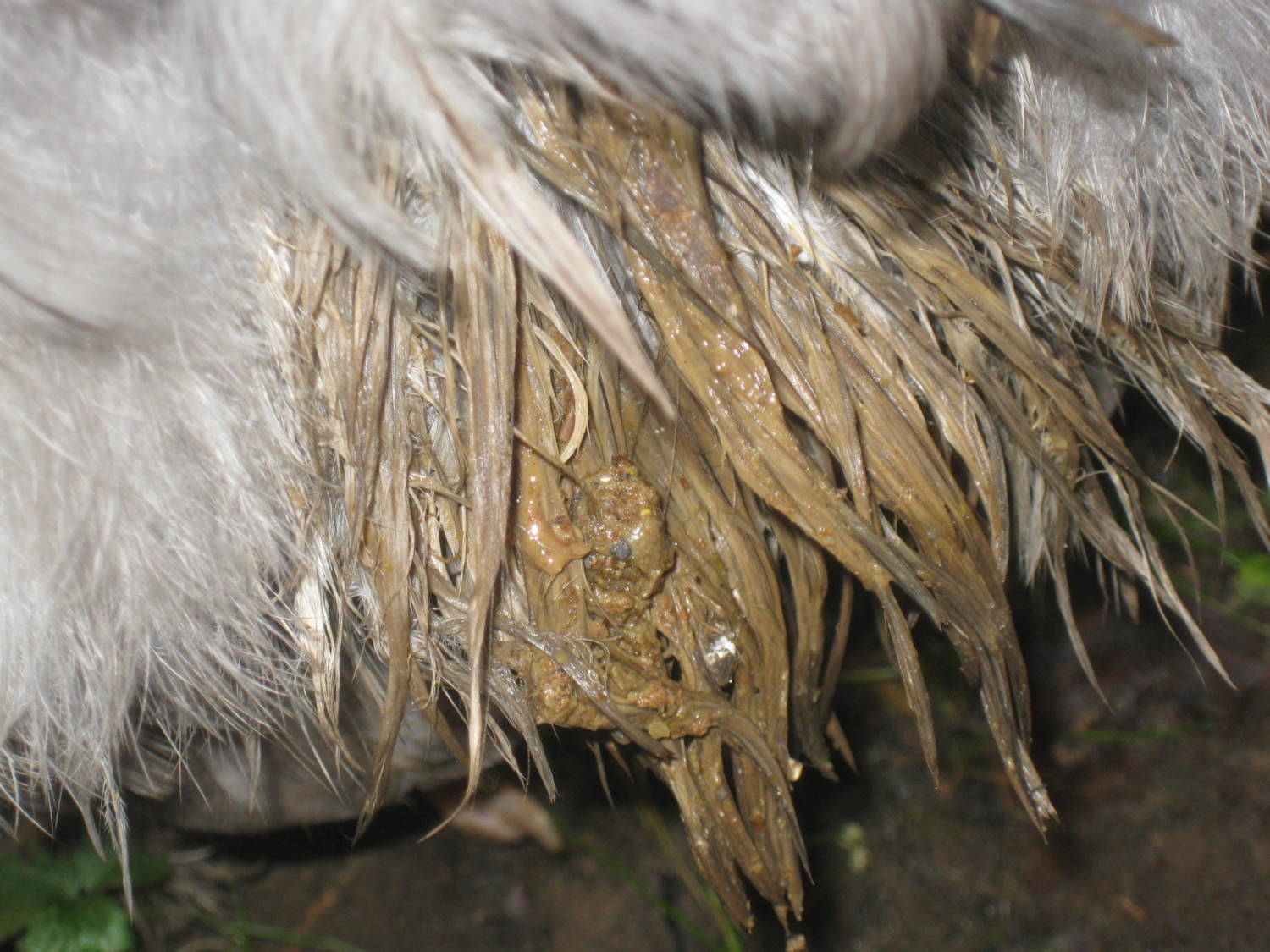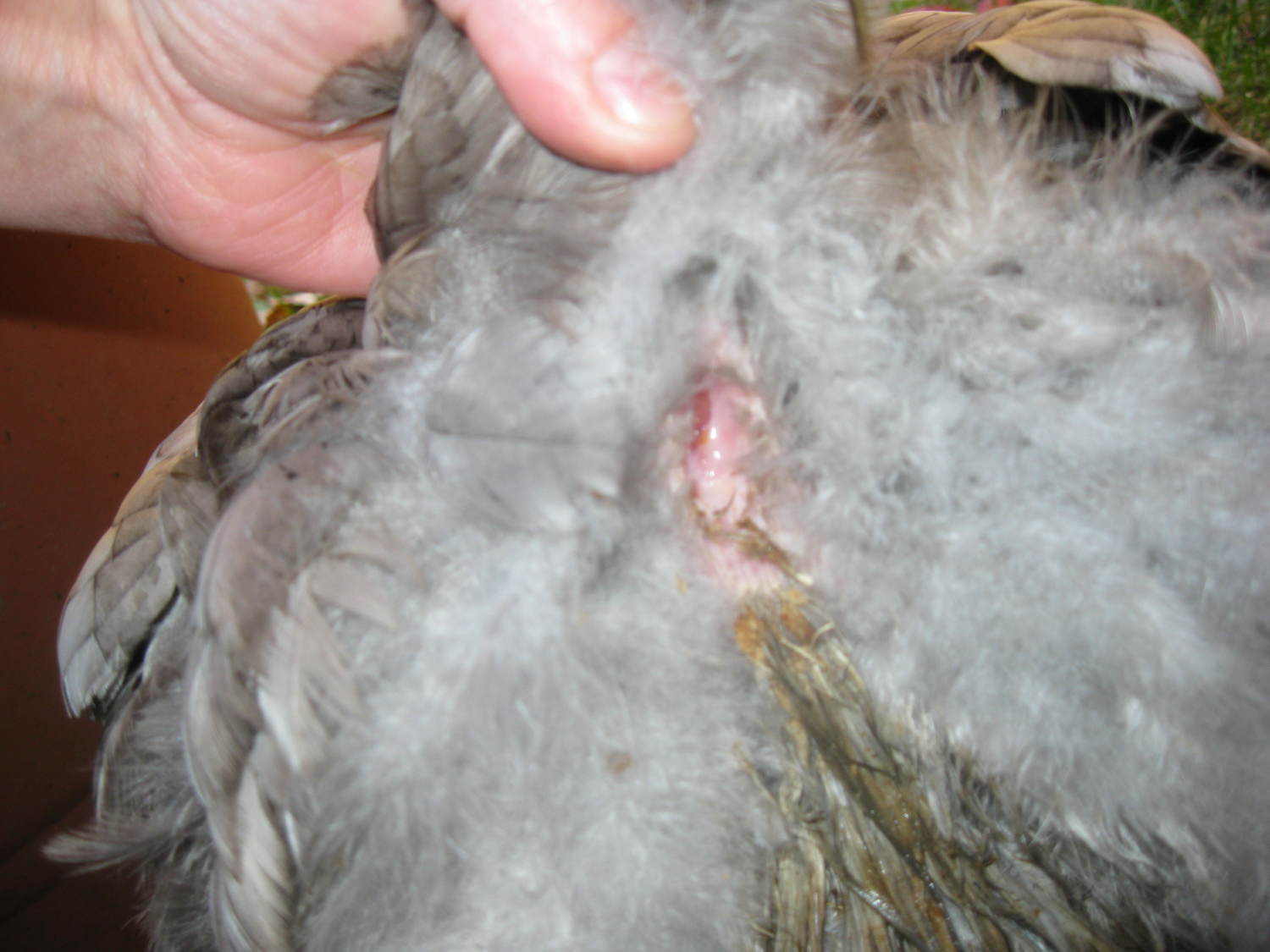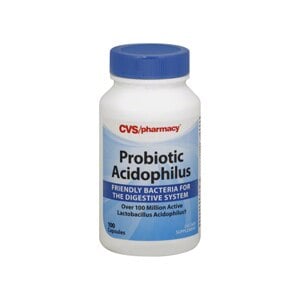Vent Gleet
"Nasty Chicken Butt"
The word “Gleet” derives from the Latin “glittus”meaning “Sticky” so “Vent Gleet” is “Sticky Vent”
The word “Gleet” derives from the Latin “glittus”meaning “Sticky” so “Vent Gleet” is “Sticky Vent”
Vent Gleet is a chronic disease of the cloaca, also called the "vent" ,"butt",
or as my 5 year old sons suggests "The Tweeter". Vent Gleet is also referred to as an avian yeast infection, cloacitis, thrush, mycosis and fungal Infection. Vent Gleet is mainly seen in laying hens and much less commonly in males. In waterfowl, it may be associated with lack of access to water in which to defecate while swimming.
Vent Gleet is not a contagious condition although secondary infections from Cloacitis CAN be contagious to other poultry, so its best to separate from the rest of the flock!
SYMPTOMS:
Vent Gleet is characterized by fouling of the feathers with poo, urates and exudate, (mucus) around the vent, and a sometimes an evil, nasty smelling discharge. Initially swelling and reddening of the mucosa is seen, progressing to ulceration affecting the vent and continuing a short distance into the cloaca, this may be covered with a yellow diptheritic membrane, another words, the infection may also cause a red and/or swollen vent which may bleed. Scarring may result with associated reduction in the elasticity and diameter of the cloaca, which may lead to problems with egg laying and even, in extreme cases, defecation. Other general signs of illness often include fluffed feathers, a hunched appearance, partially closed eyes, the head tucked under a wing, sitting or standing on the ground rather than roost.
Did you know that Birds will attempt to hide their illness? A survival tactic, as predators may be more likely to target an obviously
unfit individual. A bird which appears bright and alert when being watched may become huddled and fluffed up when it thinks
it is unobserved, so observe wisely!
~~~~~~~~~~~~~~~~~~~~~~~~~~~~~~~~~~~~~~~~~~~~~~~
Below are pictures of my Blue Cochin Hen, Fluffy's Butt. As you can see it's pretty "Nasty"


Did you know that a healthy cloaca is responsible for the passing of a round, tight, well-formed dropping that is capped with a neat white urine (urates) topping? This type of dropping is a reliable sign of good health in chickens!
TREATMENT of VENT GLEET
SOAK, Wash and Dietary Changes....
ACV, YOGURT, EPSOM SALT, WHEAT GERM & Simple Mash DIET! details below..
ISOLATE infected bird to prevent spread of any secondary infections and
also to avoid other birds pecking at the red/bloody vent.
IF MORE THAN ONE BIRD IS INFECTED please have some feces examined by your Vet to identify the type of cloacal infection bacteria, parasite, fungus or yeast.
SOAK and Wash
Soak 15 to 20 minutes.... get a chair!
Then wash vent feathers to remove any accumulated droppings around vent area EACH DAY using a disinfectant or EPSOM SALT. DAWN dish detergent can be used to cut through that cement! You can also clip feathers at the vent area.
ACV
Natural Apple Cider Vinegar prevents yeast growth.
Add 1.5 Tablespoons to 2 C. Water & repeat daily.
This is a treatment dose, NOT a normal daily dose to add to waterers.
Remember this is very important to help that ph change, BUT ALSO NOTE if your hen is not drinking it to try adding it to something she likes,
or add some to the yogurt as listed below. You will have to judge if your hen is drinking it or not, and not let her dehydrate,
the yogurt treatment listed below is HIGHLY suggested and will also keep them from dehydration by offering several tablespoons of yogurt per day.

YOGURT
Natural pro-biotic of plain yogurt with live cultures.
Offer a few tablespoons of yogurt a day until you see a improvement.
Another pro-biotic is acidophilus capsules found at a drug store.
Open the capsule and pour the powder onto the feed once a day. I get mine at CVS for $5.
I mix the yogurt, 1/4 C. store bought Wheat Germ and 1/4 C. simple layer mash and repeated
these feedings 3x a day until improved! Approx. 5-7 days.
Even if you see improvement I suggest keeping it up for the 7 day treatment and soaking schedule!
EPSOM SALT ~ ORALLY? YES, ORALLY!
Epsom salt is a naturally occurring mineral, a combination of magnesium and sulfate.
Did you know that Epsom salt is also used internally, it detoxifies toxins if your chickens get into something toxic,
It acts as a laxative, so if your hen’s system needs flushing, or if her crop is impacted or the digestive process seems blocked,
this will gently move things along. More advice see... Flushes for Toxin Removal
1 teaspoon of Epsom salt in 1 ounce of water ONLY one TIME TREATMENT!
Offer 1 of two ways (depending on your experience) see below...
Feed this ORALLY with a syringe 1.)
DO NOT force down her throat and get it into her lungs,
work slowly drops at a time.
A trick is to pull firmly down on her wattles to open her mouth you can
put it in her mouth and let go of the wattles and she will swallow on her own.
Isolate the hen and offer the epsom water. 2.)
give any other fluids until she drinks this dry!DO NOT
After an Epsom SALT treatment she will be extremely thirsty so be sure to
keep water available!
Fluffy had clear liquid "diarrhea" the day of the Epsom, this is OK!
If necessary for a sore vent area, you can spray to her vent with antiseptic, or use Vetericyn "blue gel" spray.
RECOVERY TIME
You should see an improvement after 2-3 days and she should be
able to join the rest of the flock after 7days. (2 treatments sessions may be necessary.)
If left untreated it can cause problems to the reproductive tract, leaving scar tissue internally or around the vent causing deformity. If the reproductive tract is damaged the hen may become infertile and if scar tissue deforms the reproductive tracts or vent the hen may be unable to pass an egg. As a result of this the hen could develop peritonitis which is often fatal.
Other suggested methods of treatment include:
APRALAN (Apramycin Sulphate), Apralan is an antibiotic used for pigs, but very effective in poultry with this type of infection.
It is POSSIBLE that antibiotics may be needed if it has caused a secondary infection!
Back with her bud!
Physical examination of bird/s should be a part of routine disease control, monthly health checks and always quarantine/complete examination of new birds.
Disclaimer: This is the advice I would recommend based on my experience and research, however you should always follow the advice from your vet.
Physical examination of bird/s should be a part of routine disease control, monthly health checks and always quarantine/complete examination of new birds.
Disclaimer: This is the advice I would recommend based on my experience and research, however you should always follow the advice from your vet.

Sally Sunshine
Educational Incubation & Hatching, w/ Sally Sunshine Click HERE & NOTES section click HERE
Hatching 101 Article click HERE & Assisted Hatching Guide Click HERE
Cabinet Coolerbator ~ Coolerbators ~ Pallet Coops ~ Saloon Coop ~ Pallet Duck House & Duck Care
Processing Support Group~ PINTEREST ALL POULTRY ~Our Serama House of Littles Click HERE ~Mushy Chick Disease ~ Nasty Chicken Butt ~ Easy no Strain Fermented Feed ~ Easy 5gal Waterer ~DIY Light Box for pics Click HERE


